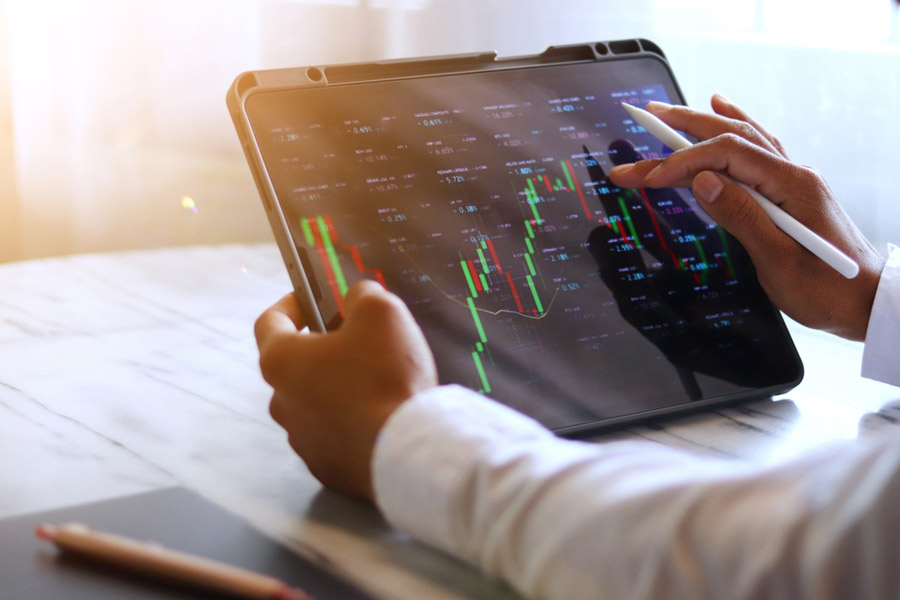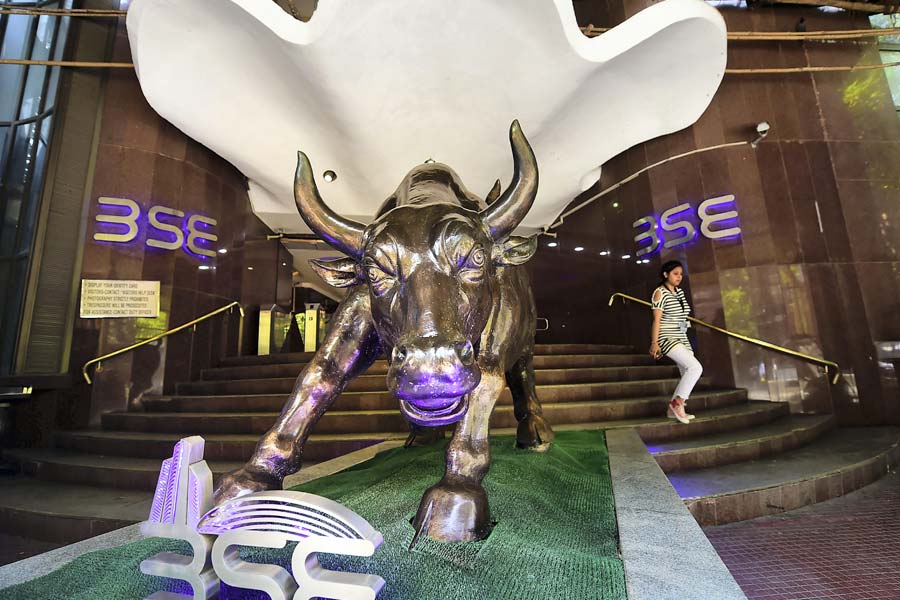So, you missed the boat when savvier investors were cashing out at the market's peak, and now you're stuck in a sinking Indian stock market. You’re not Warren Buffett, the Sage of Omaha, who smartly piled up cash reserves late last year as market valuations soared.
But take heart – you’re far from alone. First, let’s break down what’s behind this downturn and then figure out how you can stay afloat in these choppy investment waters.
Back in late September, the BSE Sensex hit an all-time high of 85,978.25 points. Fast forward to February 24, and the Sensex has tumbled to around 74,454 points, marking a steep 13 per cent decline. The Nifty50 hasn't fared any better, also plunging 13 per cent over the same period. This slide has erased nearly Rs 78 lakh crore in investor wealth since September’s peak, with Rs 45 lakh crore vanishing in just the first two months of 2025.
If the Indian stock market closes lower at the end of February 2025, it will mark the fifth consecutive month of declining returns, a streak not seen in over 23 years. Historically, such prolonged downturns are rare; the last instance of a five-month decline occurred in 1996, when the index dropped 26 per cent from July to November.
For many young investors in India, this is their first real taste of a market downturn. Easy gains are over and it’s a case of welcome to reality. With nearly half of investors under 35 prioritising stocks, the surge in direct equity participation has been enormous. According to the latest Investor Behaviour Index (IBI), 45 per cent of Indians under 35 now see stocks as their preferred investment option. Easy access to trading platforms, growing financial literacy, and the promise of long-term wealth creation drew them in – but now, they’re getting a crash course in market volatility.
So, what’s gone wrong? A few key factors are dragging the market down.
Corporate earnings have been disappointing. The October-December quarter saw Nifty50 companies' profits grow by a mere 5 per cent – the third straight quarter of single-digit growth. That’s a weak performance compared to the heady post-pandemic recovery years.
Foreign investors are fleeing. Since the market’s peak, foreign portfolio investors have pulled out approximately $25 billion, seeking better opportunities elsewhere. Capital outflows have hit tech and financial sectors particularly hard.
Then there are global slowdown concerns. A slump in US business activity has sparked fears of reduced global demand, impacting India’s export-driven industries, from IT services to pharmaceuticals.
Additionally, there are geopolitical tensions. Conflicts such as the ongoing Russia-Ukraine war and unrest in the Middle East are adding to global economic instability, keeping investors on edge.
Finally, there’s the biggest elephant in the room: “The Trump Factor.” Donald Trump’s return to the political stage has rattled markets. His threats of imposing “reciprocal” tariffs worldwide have raised fears of an escalating trade war, which could be especially damaging for India, a major exporter to the U.S. New tariffs could hurt the competitiveness of Indian goods and curb export revenues.
Now what? If you missed your chance to exit at the top, how do you protect your portfolio?
First, you reassess and reallocate. Identify the sectors hardest hit by the downturn and look at repositioning your investments. “Investors should think about diversifying into alternative assets in order to control risk and protect capital given the protracted drop in equities markets,” says Amar Ranu, investment products head at Anand Rathi Shares and Stock Brokers.
Shift towards defensive stocks: Analysts recommend moving into defensive sectors like pharmaceuticals and consumer goods – companies that tend to perform well even in uncertain times. A surge in large-cap mutual fund inflows backs this trend, with investments rising by 52.3 per cent in January, reaching Rs 30.63 billion — the second-highest monthly inflow on record.
Diversify beyond equities. Investors are also piling into gold ETFs, which saw record inflows of Rs 37.51 billion last month, as they seek refuge in safe-haven assets. Hybrid mutual funds, which blend stocks and bonds, are also gaining traction.
Keep your nerve: Avoid panic selling. History shows that markets recover over time. “Market downturns are an inherent aspect of investing,” says Ranu. “Periods of decline are followed by periods of recovery – it’s important to stay invested in quality assets.”
Are there any signs of hope? Despite the gloom, some analysts see a turnaround on the horizon. Foreign brokerage firms like Citi have turned bullish on Indian markets. Citi strategist Surendra Goyal predicts that improving economic conditions and declining valuations could push the Nifty50 index to 26,000 by December, a potential 15 per cent gain from current levels. Citi has even upgraded Indian equities to "overweight," citing "meaningful upside" due to cheaper stock prices.
Similarly, Morgan Stanley projects that India’s macroeconomic stability could lead to stock market gains of 20 per cent annually over the next five years.
So, while the waves may be rough right now, remember: staying calm, repositioning wisely, and keeping a long-term perspective could help you weather the storm and emerge, if not stronger, at least intact when the investment tide turns.
Back to Buffett, who emphasises the importance of a long-term perspective, saying that even the worst downturns are only temporary. In fact, as he noted during the Great Recession of 2008, “What’s likely is that the market will move higher, perhaps substantially so, well before either sentiment or the economy turns up,” Buffett wrote in The New York Times. “Bad news is an investor’s best friend. It lets you buy a slice of the future at a marked-down price.”












